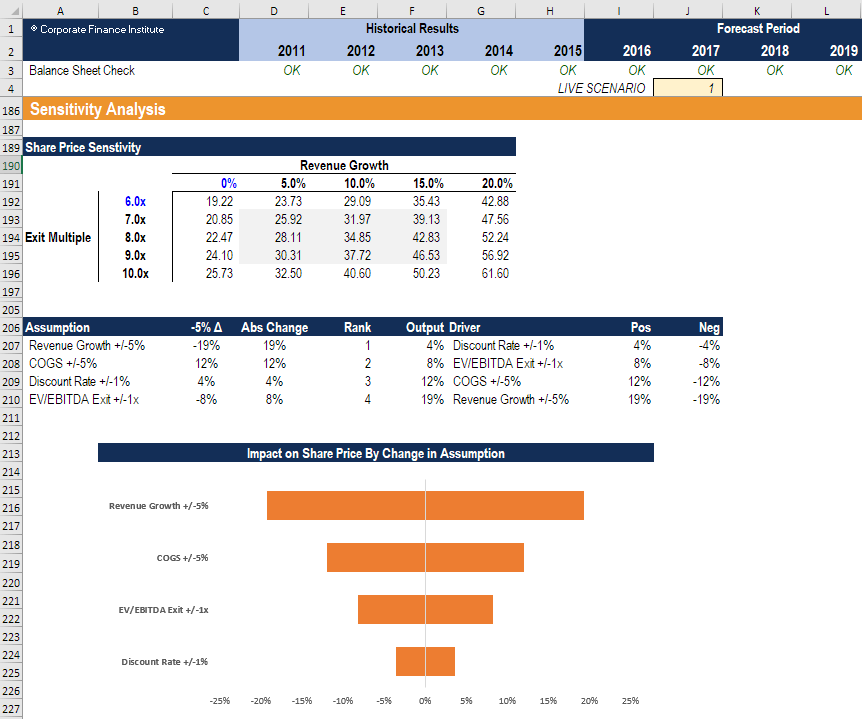Style Sampler
Layout Style
Search News Posts
General Inquiries 1-888-555-5555
•
Support 1-888-555-5555
Predictive Analytics in Finance
This case study highlights how a hedge fund used predictive analytics to optimize their investment strategy and achieve better returns for their investors.
A hedge fund is an investment vehicle that pools capital from accredited individuals or institutional investors to pursue a variety of investment strategies. The objective of a hedge fund is to generate high returns for investors, typically by investing in high-risk, high-reward assets such as equities, derivatives, and commodities. Predictive finance analytics can help hedge funds make more informed investment decisions, identify trends and patterns in financial data, and mitigate risk.
A hedge fund has been experiencing difficulty in achieving consistent returns for its investors. The fund's investment strategy relies heavily on fundamental analysis, which involves researching and analyzing financial statements, economic indicators, and market trends to identify undervalued assets. However, the fund's investment team has been struggling to identify undervalued assets, leading to underperformance relative to industry benchmarks.
The hedge fund manager faced several challenges in trying to optimize their investment strategy. They needed to identify trends and patterns in market data that could help them make informed investment decisions. However, the sheer volume and complexity of financial data made it difficult to identify relevant information.
The hedge fund collected data on a variety of financial metrics, including stock prices, earnings reports, market indices, and economic indicators. The data was preprocessed to remove outliers, fill missing values, and normalize the data for analysis.
The hedge fund's investment team used domain knowledge and statistical analysis to identify relevant features that could be used to predict asset prices. Features included historical prices, earnings growth, industry trends, and macroeconomic factors.
The hedge fund used a variety of machine learning algorithms, including decision trees, random forests, and neural networks, to develop predictive models. The models were trained on historical data and used to predict future asset prices.
The predictive models were evaluated using a variety of metrics, including accuracy, precision, recall, and F1 score. The best-performing models were selected for deployment.
The hedge fund deployed the predictive models in a live trading environment, where they were used to inform investment decisions. The models provided recommendations on which assets to buy or sell, based on their predicted future performance.
The implementation of predictive finance analytics led to several improvements in the hedge fund's investment process. These include:
Improved Investment Decisions: The predictive models helped the investment team identify undervalued assets and make more informed investment decisions, leading to improved returns for investors.
Reduced Risk: The hedge fund was able to identify potential risks and adjust its investment strategy accordingly, reducing the risk of losses.
Increased Efficiency: The use of predictive models helped the hedge fund save time and resources by automating parts of the investment decision-making process.

Here are the results after Sensitivity Analysis
After carrying out a Financial Sensitivity Analysis, we determined that a 10% increase in customer traffic at the mall results in a 7% increase in the number of sales.
Using this information, we can predict how much money your company will generate if customer traffic increases by 20%, 40%, or 100%. Based on John’s Financial Sensitivity Analysis, such increases in traffic will result in an increase in revenue of 14%, 28%, and 70%, respectively.

